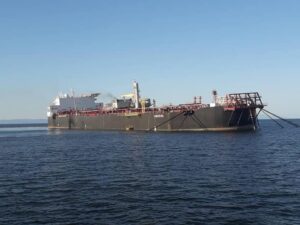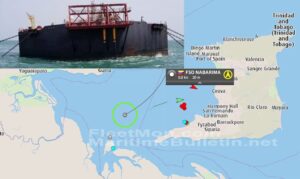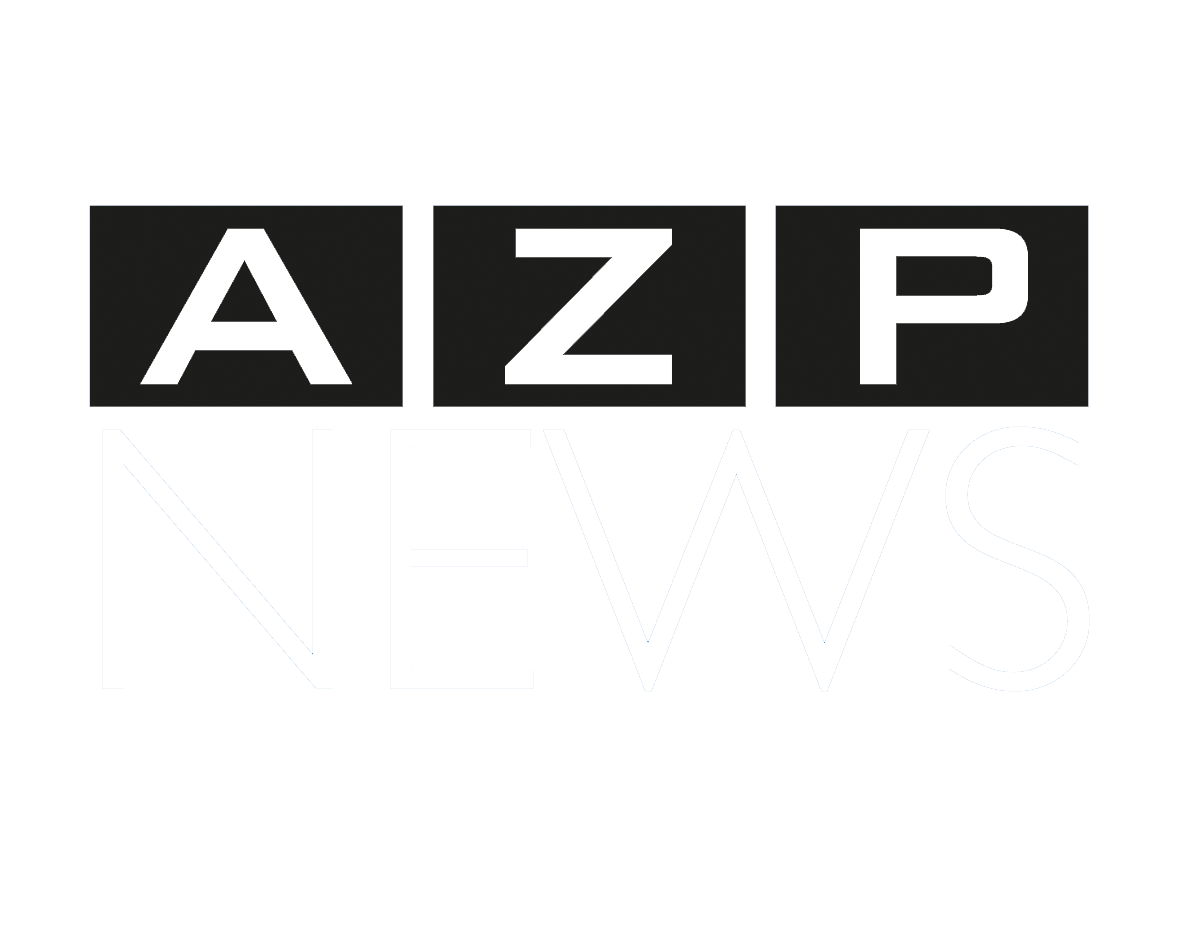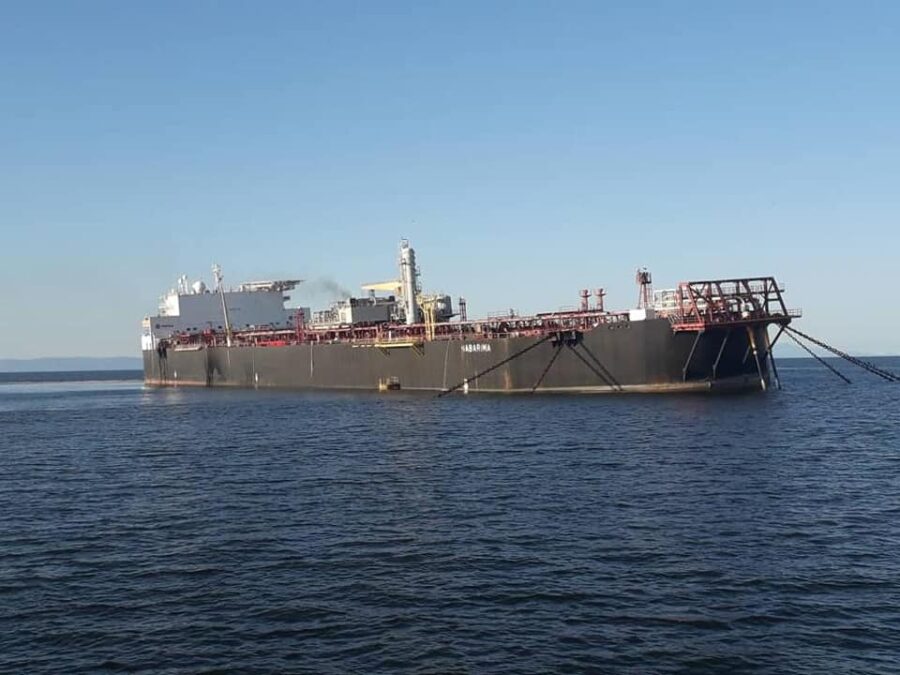By Sue-Ann Wayow
THE FSO Nabarima, the Venezuelan vessel that has caught international attention, is featured this week on the National Geographic website under the Environment section.
The article features information reported in local media as well as a photograph taken by Trinidad and Tobago environmental group Fishermen and Friends of the Sea (FFOS).
The article written by Sarah Gittens headlined, “This stranded Venezuelan oil tanker is a potential disaster. Here’s what we know,” was published on Thursday.

It gives the vessel’s history, as well as information received from Venezuelan personnel and FFOS.
The FFOS, other groups and key individuals in Trinidad and Tobago had been clamouring for government’s intervention into the vessel’s instability that threatened environmental devastation. Last week, Energy Minister Franklin Khan disclosed details of the report compiled by the team of local experts who investigated the vessel under authorisation of the Venezuelan government.
Khan while admitting that there were previous problems to the vessel, assured that the vessel was in no way at present, a threat to the Gulf of Paria, a key source of marine life and surrounding countries. However, he said another visit will be made to further alleviate fears and concerns of any possible environmental threat.

The vessel filled with 1.3 million barrels of crude oil bound originally for Citgo refineries in Texas and Louisiana in the US has found itself caught between the US and Venezuela for the past two years since the US government not recognising Nicolás Maduro as the Latin American country’s president imposed sanctions on Petróleos de Venezuela, SA (PDVSA), the state-owned oil company that produced the oil.
The National Geographic article states, “The Nabarima holds five times more oil than what was spilled during the 1989 Exxon-Valdez disaster in Alaska. If even a fraction of it spilled, it would create an environmental disaster that extends into the Caribbean Sea and could last for years. According to recent reports from local officials in Venezuela and government representatives from the island nation of Trinidad and Tobago, which borders the gulf on the north, the ship is stable.”
Khan had indicated that the Venezuelan government was in the process of transporting the oil back to Venezuelan soil and that process needed to be monitored closely.
Khan said a vessel called the Icaro capable of holding 300,000 barrels at a time was being used to transport the oil and this will possibly take a month to be completed.
The FFOS had stated that several persons with larger vessels had interest in offloading the oil and the Trinidad and Tobago Government should contact those in order to assist.
National Geographic spoke with part owner of the vessel Italian company ENI who said that the process must be fast tracked and was ready and willing to ensure safe offloading using state-of-the-art solutions. However, approval was needed by PDVSA and assurance from US authorities that there would be no sanction risks for wither ENI or its contractors for being involved in such activities.
National Geographic stated, “A spokesperson for the US State Department said by email that Eni would not be penalised for conducting repairs to the Nabarima but declined to confirm that the Italian company had a green light to remove the oil and return it to Venezuelan soil.”
![]()









